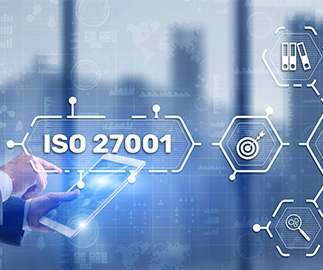The Most Overlooked Security Issues Facing the Financial Services
Solutions Review
SEPTEMBER 8, 2023
…to analysts like Gartner … “ Harden the components of enterprise backup and recovery infrastructure against attacks by routinely examining backup application, storage and network access and comparing this against expected or baseline activity.” …to Now comes the stage of implementing the controls that were previously defined.












Let's personalize your content